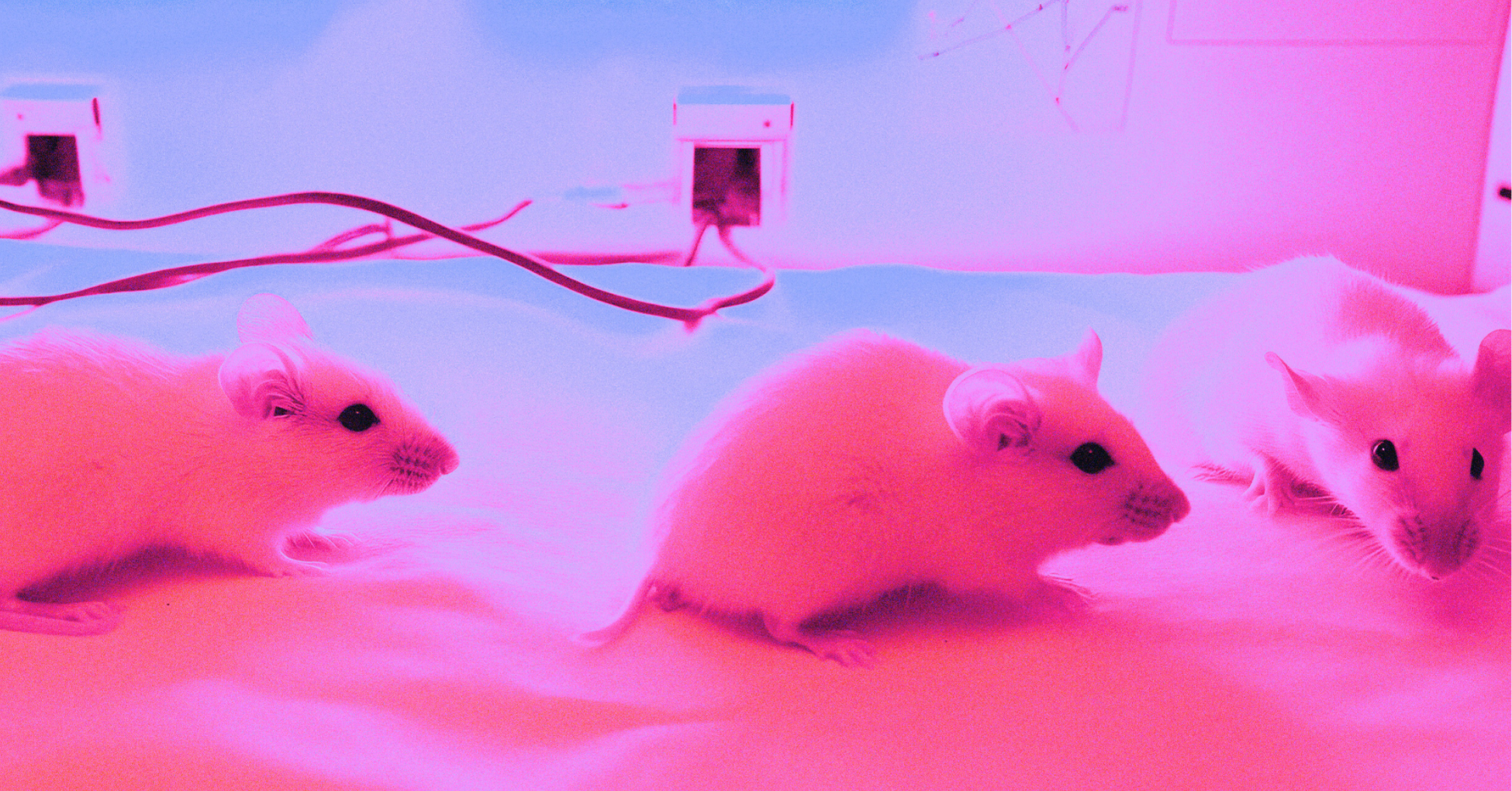
Proposed NIH Funding Change Creates Panic Among Vivisectors
U.S. federal grants fuel the animal research industry, and no agency plays a bigger role than the National Institutes of Health (NIH).
Right now, NIH grants are absurdly lucrative for recipients, covering not just the experiments but also various associated costs. A proposed change threatens to upend this system, however — and the industry is panicking.

Currently, about 80% of the NIH’s annual budget for animal research is awarded to universities and research institutes as grants. These grants cover two types of costs:
- “Direct” research costs: “expenses that can be linked to a specific project”, such as “scientists’ salaries and the lab equipment and supplies needed to complete a project”.
- “Indirect” research costs, or “facilities and administrative costs (F&A): massive add-on expenses not “tied to a single project” but rather to institutional “overhead”, such as utilities, equipment maintenance, janitorial services, rent, administrative costs, and “high university executive salaries and building depreciation costs”.
Indirect cost payments account for 33% of the NIH’s grant budget (or one-in-three grant dollars!), and they are based on indirect cost rates negotiated between the government and institutions – often landing between 30% and 75% of a grant’s direct costs.
This means that, for every dollar a researcher gets for their experiments, the institution might pocket another 30 to 75 cents, sometimes even more than the researcher receives.
Now, the NIH seeks to cap indirect cost reimbursements at 15% (the typical cap for private sector funders, if they cover indirect costs at all).
This single policy change is set to save the government “$4 billion a year, effective immediately” – that’s $4 billion currently being funneled into institutional “slush funds” rather than the “perform[ance of] science”.
As the NIH has articulated, this change is “vital to ensure that as many funds as possible go towards direct scientific research costs rather “excessive grant administrative costs.” And, though this makes perfect sense from a financial and ethical standpoint – ensuring that more funds go toward actual research than bloated administrative costs – the industry is crying foul and manipulating the public narrative.

Universities and researchers are framing this as an attack on “biomedical progress”, but, in reality, the greatest impact would be on their bottom lines.
Many institutions have come to “rely heavily on” on these indirect cost windfalls “to operate”, using them to pad administrative budgets and build ever-expanding research empires. But, this is separate from the science.
The NIH has long underfunded patient-oriented clinical research in favor of overwhelmingly funding basic research – or “curiosity driven research, including animal studies” – that doesn’t aim to solve specific human health problems. Indeed, basic research has become “ever more connected with animal-based research, which receives the lion’s share of [NIH] grants”.
(It follows that the industry’s “sentimental humanitarianism” – framed in this case as loud cries about clinical research and patient care – is actually predicated on personal “financial and careerist” motives: not only are individual grant recipients “dependent on NIH funding for [their] livelihood[s]”, but the institutions with which they are affiliated are part of “an impenetrable, taxpayer-money driven ecosystem, where the stated [biomedical] and public health missions are sometimes subservient to the more self-serving ones.” This becomes ever more apparent when considering that more objective scientists and experts have long “pointed to [indirect costs] as being overinflated for many institutions”, “argued that they ought to be reexamined in the name of efficiency”, and stated that “money would be better spent on direct funding”.)
It should come as no surprise, then, that – as former animal researcher Richard Miller has advised – funding reform is key to dismantling the animal research industry.

“Biomedical research in universities”, Miller observes, has become a “gigantic multibillion-dollar affair enabled by the enormous amounts of funding these institutions receive, primarily from the federal government.” More broadly, universities have “become giant corporations whose major goal is the accumulation of cash”. Their success in hoarding funds, which has resulted in billion-dollar endowments for many of the most vocal entities (e.g., Stanford’s $36.5 billion), makes their complaints about losing NIH money (e.g., $160 million per year for Stanford) laughable.
In turn, the type of funding change proposed by the NIH – a change “in the structure of universities and the manner in which research funding is distributed by the government….” – is critical to “[c]reating a new ethical science”.
But big change won’t come without an even bigger fight.
Proving true the predictions that 1) any animal research “paradigm change will require wrestling authority away from [animal researchers] and investing it in a broader range of ethical stakeholders” and that 2) “initiatives leading to even a modest reduction in animal use at major U.S. universities are likely to continue to face strong opposition….”, states and universities immediately filed suit to block the new NIH policy. In response, a federal judge temporarily paused the policy’s implementation, pending a hearing on February 21, 2025.

This fight isn’t about science – it’s about money. And, for much of the animal research industry, losing that money could mean losing the desire (i.e., financial incentive) to keep the torture going.
Share this news so that others understand what’s really at stake and, then, stay tuned as the court battle unfolds. We will need to be ready to act when it counts.